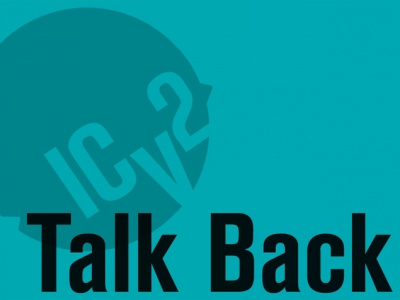Some things we all know and I will take a truism: The comic industry, especially the direct market and the periodical aspect is in serious trouble. We know that things looked bad BEFORE the national recession became a worldwide economic crisis. Things are going to get worse in the traditionally low sales months ahead.
So what are industry leaders doing? The only plan I have heard is to raise periodical prices to $3.99. This would be like throwing gas on a fire. In the early 1990s, the last time the monthly comic saw a substantial new audience and when I opened my shop, cover prices were $1 and circulation was high. Since then we have seen higher and higher prices and consistently diminishing print runs. There could be a chicken and the egg debate, but I think it has been proven that the cycle of low circulation causing higher price causing lower circulation is not one we want to begin again. If we lose the same percentages that were lost in the late 1990s the industry may collapse. We need a response to lost readership that does not cause more losses. I have lost many regular comic customers over the last few months and almost all cited economic conditions as their reason for cutting back or quitting altogether. Another price hike now, keeping in mind that a new comic cost $2.25 as recently as 2005 and the proposal is to nearly DOUBLE THAT PRICE IN JUST OVER 3 YEARS, would be disastrous. ICv2 said there might be an upside of increased revenue from the $4 price point, but I doubt that and believe we need short-term solutions that do not create bigger long-term problems.
As businesspeople, we should all be familiar with the ways to survive with decreased revenue (if we aren't, we won't last through this year, and don't expect a government bailout). All these are viable and preferable alternatives to $4 comics:
CUT COSTS:
- Lower production values. I remember when Baxter paper, cardstock covers and the like were brought in to justify higher cover prices. Let's cut them now to help keep prices down.
- Lower pay, especially at the top. I know I'm working twice as hard for less money than I earned in 2007. Let the CEOs and EICs of the publishers and distributor tighten their belts too.
INCREASE EFFICIENCY:
- Publish less crap!! Stop the model of competing for shelf space and print only the number of titles that is justified by your creative pool and customer interest. This is a message for all publishers, but we all know who the worst offender is, and who is a Distant Cecond. To these big two: make it possible and desirable for readers to follow your entire line and many will as they did in the past. How much more profitable is one book that sells 50K vs. ten books that sell 5K?
- Bring the trade paperback closer to the series end date. Increased TPB sales can offset comic book declines. There is no reason, at least in the direct market, why the trade should not be out within a month of the series end as the shelf life of the last issue expires. I have no way of knowing if the hardcover is a necessary revenue extender in the bookstore market, but it is a total failure for comic shops and our miniscule HC sales would certainly be exceeded by better trade sales if the HC were abolished or moved back to the end of the product cycle.
- Make reorders more available. When sales are few, it is even more vital to stop missing potential sales. Unless you are close enough to one of Diamond's few remaining sales hubs, a reorder comic book takes two weeks to arrive (more if backordered). This is half the shelf life for a monthly. Currently, as Diamond moves its main warehouse, three weeks is the norm for a reorder. This makes reordering comic books untenable. Diamond fills damages on a week turnaround. Alliance Games, a Diamond sister company, gets me product on a one-day turnaround! It is clearly possible to get the product out faster, especially low-weight, low-self life comic books. But Diamond is not the only one who needs to step it up here--companies have to reprint effectively. I recall here IDW's tragic handling of the Angel property and the woefully short print of #2 and #3 and the TPB that have cut the series overall series for me by about 30%.
I am sure there are many other good alternatives out there. Retailers should actively and immediately press publishers to keep prices low. In the first Great Depression, comics flourished BECAUSE they were cheap. In the economic growth of the 1990s, the comic book market dwindled as prices increased. Lets learn from our own history.
The opinions expressed in this Talk Back article are solely those of the writer, and not necessarily reflect the views of the editorial staff of ICv2.







